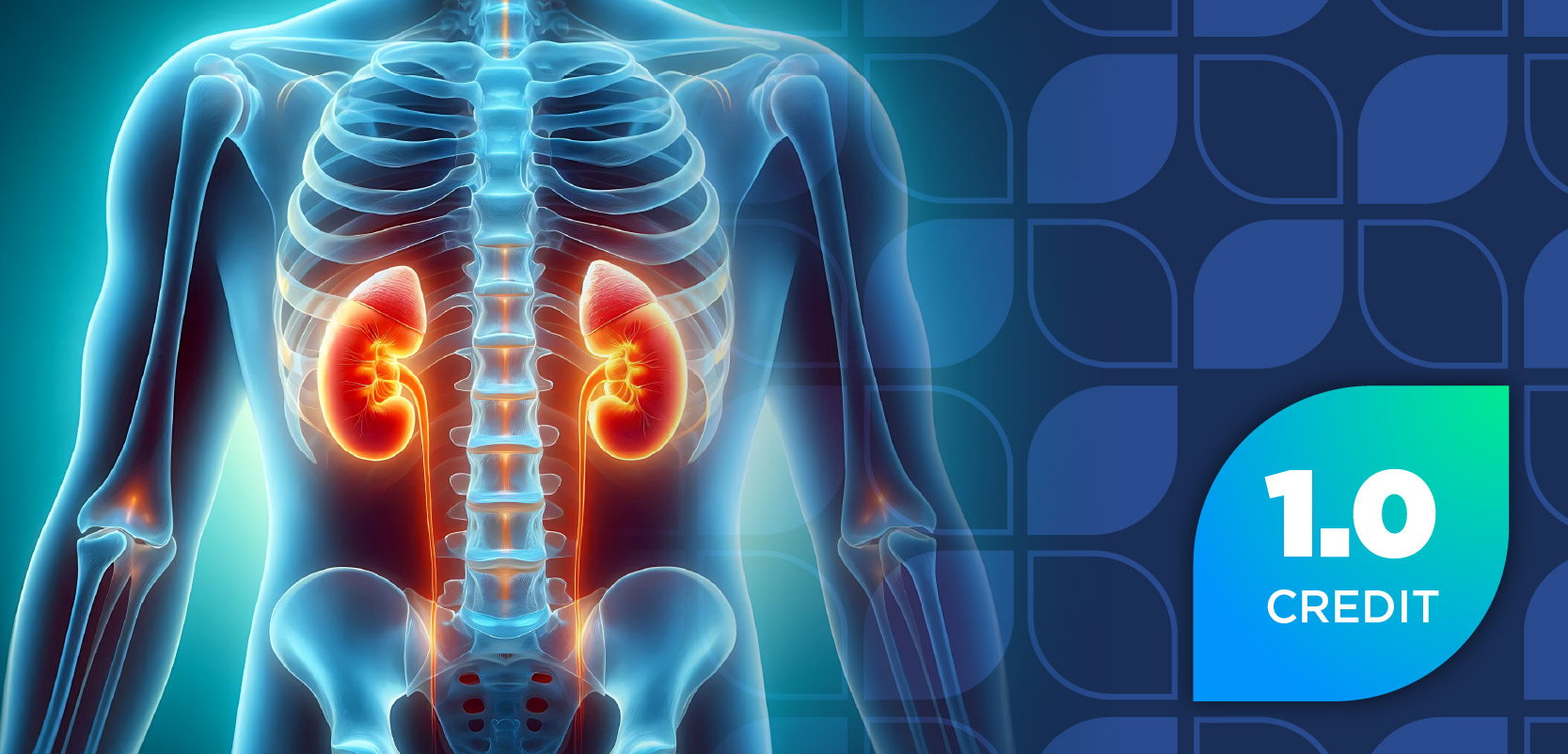
New Model May Predict Major Outcomes in Type 1 Diabetes Patients
A model used in 3 studies was found to accurately predict serious complications in patients with type 1 diabetes.
A model used in 3 studies was found to accurately predict serious complications in patients with type 1 diabetes.
Research that was published online in Diabetologia on August 28, 2014, shows that a new model may be able to help predict which type 1 diabetes mellitus (T1DM) patients will develop certain complications later in life.
Sabita Soedamah-Muthu, an assistant professor at Wageningen University in the Netherlands, led a team of researchers to develop this model with data stemming from 1973 study participants. All of the participants had T1DM. The researchers followed the participants for 7 years, and the following major outcomes were taken into account: severe coronary heart disease, stroke, end-stage renal failure, amputation, blindness, and death.
Once the model was created, it was used in 3 different studies: the Pittsburgh Epidemiology of Diabetes Complications study, the Finnish Diabetic Nephropathy study, and the Coronary Artery Calcification in Type 1 Diabetes study.
"The model is pretty well able to distinguish patients who will develop major outcomes from patients who will not develop the outcomes," said the study authors in a press release. "After collecting information about the patients' age, glycated haemoglobin, waist-hip ratio, albumin-creatinine ratio and HDL cholesterol health care professionals can enter this information into the provided score chart and it will automatically work out the 3, 5 and 7 year absolute risks of major outcomes in patients with type 1 diabetes."
The authors went on to say that being able to identify patients at high risk of certain major outcomes can help with the development of preventative measures. In turn, this may reduce health care costs over time.
"A prognostic model is now available to assess the absolute risk of major outcomes in patients with type 1 diabetes,” the study authors wrote. “The prognostic model may be useful for providing individual risk estimates of major outcomes. The risk estimates can guide surveillance recommendations, inform patients and allow efficient design and analysis of clinical trials."
Newsletter
Stay informed on drug updates, treatment guidelines, and pharmacy practice trends—subscribe to Pharmacy Times for weekly clinical insights.


















































































































































































































